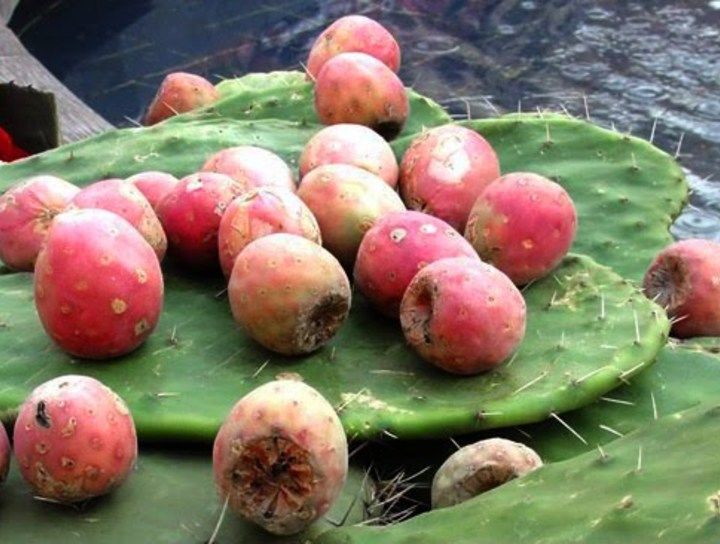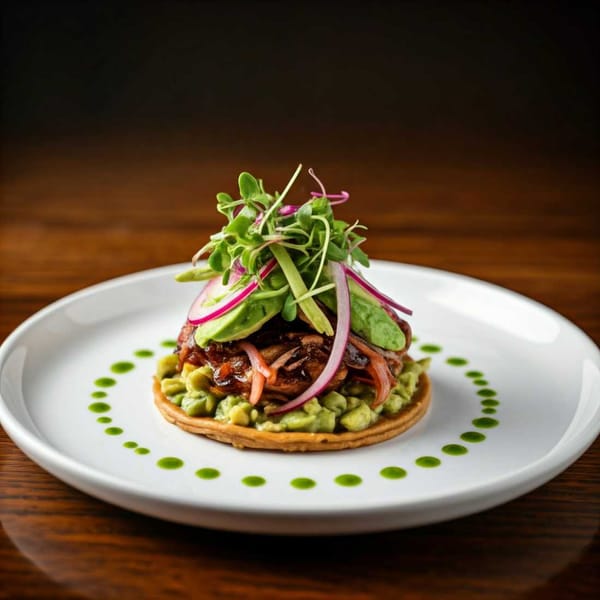Xoconostle and biotechnology
Currently, many techniques are applied to process the fruits of Opuntia matudæ. Concentrates of xoconostle for Mexican-style food flavoring are not uncommon. Such juices and concentrates are prepared by pasteurizing or sterilizing the juice in thermal equipment.





